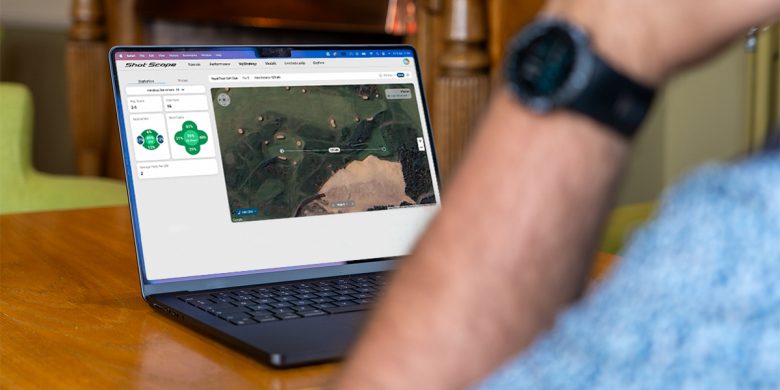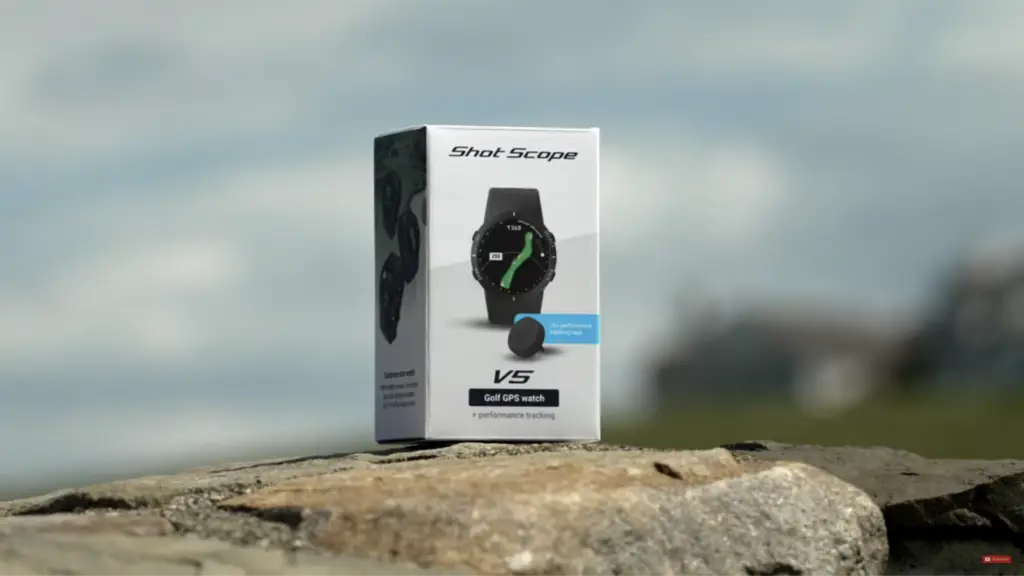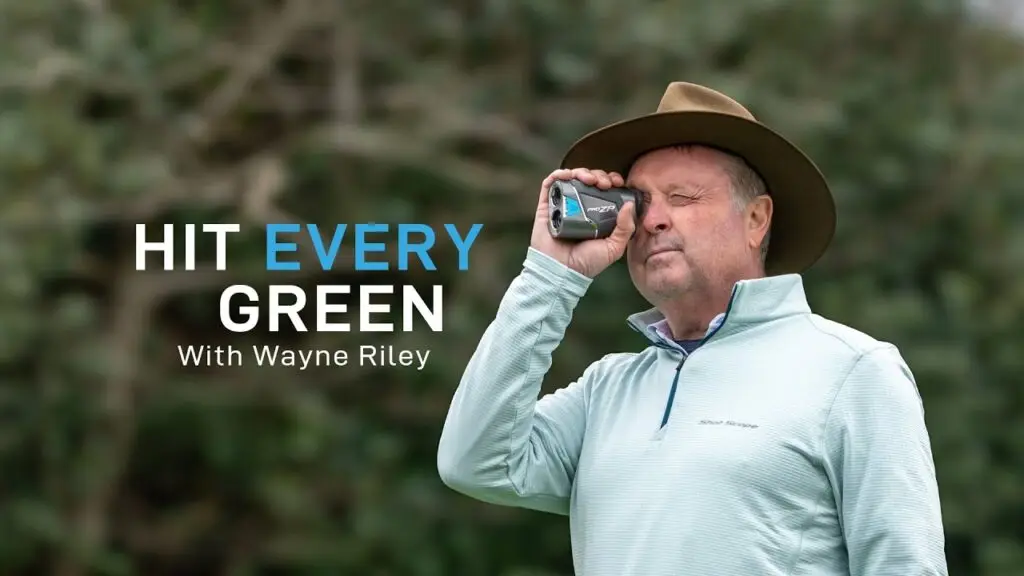-
News

- 23
The Masters – Amateurs at Augusta – Golden Bell- Read time

- 23
PRO X Now Available- Read time
-
Game Improvement

- 23
What Club Should I Hit off the Tee?- Read time
-

- 23
MyStrategy: The Ultimate Course Strategy Guide- Read time

- 23
5 Methods of Performance Tracking- Read time
Explore the Shot Scope Blog
Explore the
Shot Scope Blog
New & Popular

- 23
The History of the Green Jacket
- Read time

- 23
The new Shot Scope G6 watch aims to make course navigation easier with Full hole maps
- Read time

- 23
Performance Pages Update: Phase 1 – Aesthetics
- Read time

- 23
The Masters – Amateurs at Augusta – Golden Bell
- Read time

- 23
PRO X Now Available
- Read time

- 23
Shot Scope Welcomes Rich Beem
- Read time
Featured media
Golficity
Peter Finch
Shot Scope
Bunkered
Eric Cogorno
Jon Perkins
Golficity
Shot Scope
Shot Scope
Fun Golf

Subscribe to never miss out!
Never miss another blog post with our monthly newsletter, get updates on everything Shot Scope including app updates, blog posts and other Shot Scope news.










